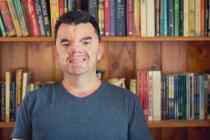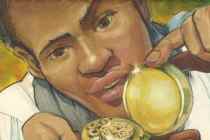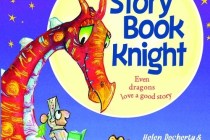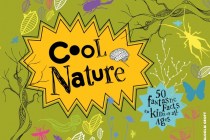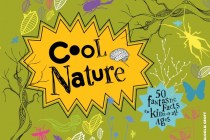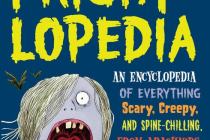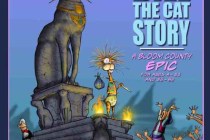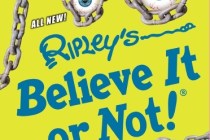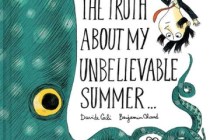‘Seeing Red: The True Story of Blood’ may not cut deep enough to satisfy curious kids
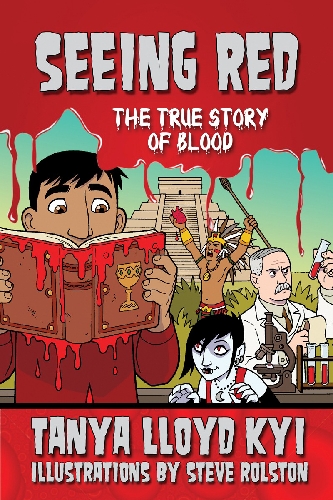
Ouch! The other day, you cut yourself and it really, really hurt.
Last week, you skinned your knee. You also got a big bruise on your arm during gym class at school, a paper cut in art class, you sliced your finger in the kitchen, and your cat scratched your hand.
You’re not altogether an accident-prone kid. You’re normal, you get bumps and cuts, and you bleed – a lot. So what do we know about blood? In the book "Seeing Red: The True Story of Blood" by Tanya Lloyd Kyi, illustrated by Steve Rolston, you’ll see that the answer is plenty!
Long ago, early doctors knew that blood was important and that you couldn’t live without it. They knew that it pulses through the whole body, and that it stopped pulsing when you died. Other than that, blood was just another mysterious bodily fluid to them. Early doctors weren’t even sure where blood came from, or how it flowed. They also thought that too much of it was bad for your health, and that led to some rather unpleasant and "equally useless" treatments for illnesses.
In the early 1800s, things began to change. Doctors started paying closer attention, and they realized that blood helps our bodies function. Later, people learned that there are different types of blood and lots of uses for it.
One of the uses for blood is religion.
Ancient Mayans and Aztecs believed that blood sacrifice was necessary for keeping their gods happy. That was good, unless you were the one being sacrificed. Some Shiite Muslims still use blood to mark the anniversary of Imam Hussein’s death, and you may have "blood" at your church this Sunday!
Blood is also used in cultural rites. Papua New Guineans, West African Fulanis, the Maasai, and Polynesians often shed blood for rites of manhood. Asante people of Ghana ritually honor young women who get their first blood.
Some people use blood to trace their family trees. It’s been used to create bonds (though you’ll want to think twice before doing that today). You can donate blood, solve crimes with it, save lives with it you can even use it in a recipe!
I thought "Seeing Red" was interesting, but it’s too much and not enough.
On one hand, it contains way too much pop culture to be taken seriously. Lloyd Kyi scatters blood-related, almost-off-topic tidbits in between comics by Rolston, and while that’s all fun, it didn’t always seem to fit with the "true story of blood."
On that note, there’s not enough in-depth info about important things here. Scientific topics are briefly brushed-upon, and history is hurried in this book in favor of fluff. That may leave seriously curious kids frustrated. I know I was.
Still, I think this book has merit, perhaps as a supplement to more solid info or maybe to humorously soothe a 9- to 12-year-old who’s undergoing a medical procedure. For them, or for kids who really only just want something very light, "Seeing Red" may be a cut above.
View publishes Terri Schlichenmeyer’s children’s book reviews weekly.




